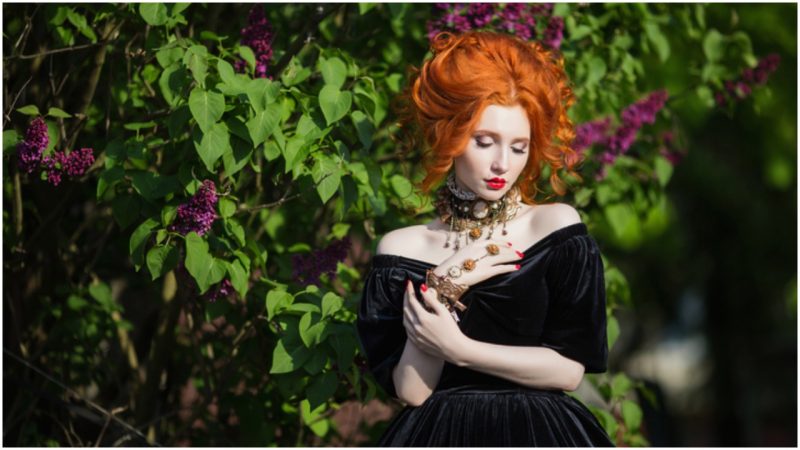Beneath their corsets and embroidered capes, some women during the Victorian Era were keeping a cheeky secret: pierced bosoms.
Yes, believe it or not, tiny, tasteful gold nipple rings were a (brief) fad among well-bred European socialites in the late 1800s.
Beautiful Isabella of Bavaria, Queen of France, who loved extravagant fashion — including jewel-encrusted gowns and headdresses so elaborate that doorways had to be widened to allow her to pass through — is believed to have started the piercing trend in the late 14th and early 15th centuries, which would spread in popularity among aristocratic types.
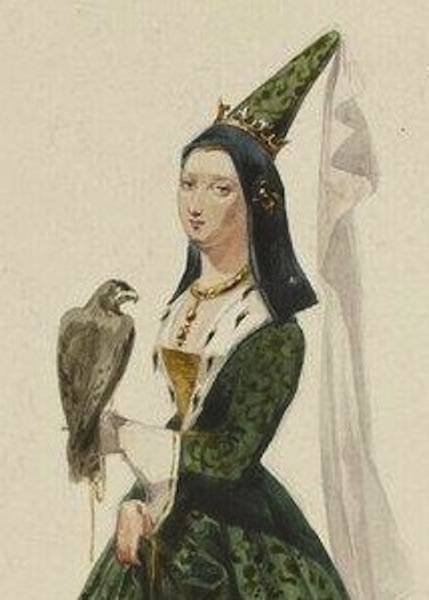
Isabella took décolletage displays to new depths, favoring the “garments of the grand necklines,” a style of dress featuring necklines that plunged all the way to the navel.
The shocking fashion statement complimented her choice of jewelry: Isabella had pierced her rouged “little apples of paradise” (her euphemism for breasts) with diamonds connected by delicate chains of pearls and gold.
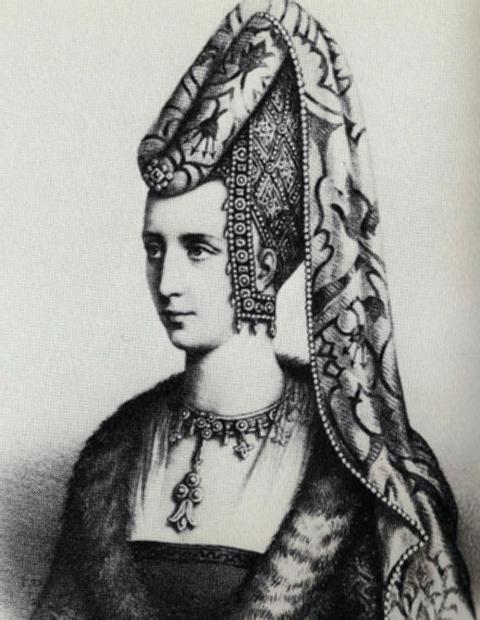
Little wonder then that Augustinian friar Jacques Legrand gave a lengthy sermon to the royal court, denouncing their debauchery, saving his sharpest words for Isabella and her love of provocative clothing.
Isabella, it should be noted, wasn’t the first female to trim her, ahem, teats. According to The Naked Woman: A Study of the Female Body by Desmond Morris, wellborn Egyptian women covered their lady-bits with luminous gold paint. During Roman times, the adornment of choice was rouge, designed to rev up randy encounters.
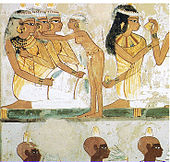
Piercing would re-emerge in the late 19th century. “Bosom rings,” as they were called, sold in exclusive Parisian jewelry shops, were considered to be both stylish and risqué.
The trinkets not only dressed up breasts, but supposedly kept them in a state of “constant excitation” as they rubbed against clothing, according to Steven Kern in Anatomy and Destiny: A Cultural History of the Human Body.
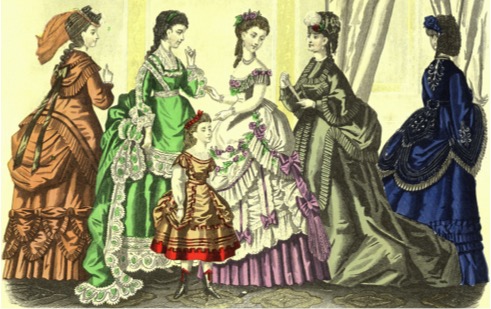
More staid members of society weren’t quite as enthused. Piercings were thought to be rebellious, as well as a clear sign of privilege since only upper-crust women could afford to engage in that kind of willfulness without fear of punishment.
The medical community, in particular, was incensed by the procedure, because they ran counter to the “purpose of a woman’s body”—namely, breastfeeding.
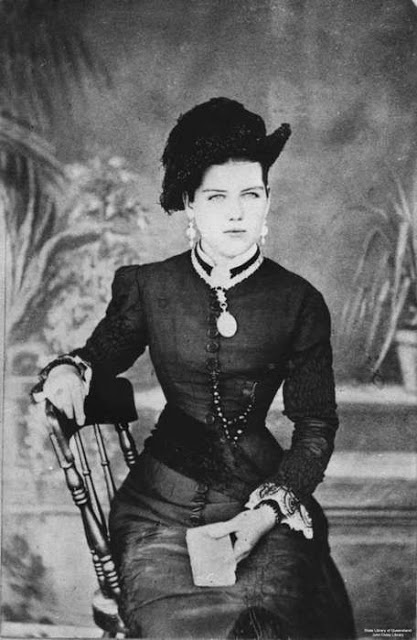
One brochure by a New York physician complained of young American women going to Europe — specifically Paris — to get piercings, warning that the body art was not only dangerous to one’s health but encouraged “unhealthy sensuality.”
The concerns, along with the overwhelmingly priggish attitude of the day, would lead to this bit of flamboyance falling out of favor at the start of the 20th century.
Perhaps a little more open-mindedness was required. An article written by a London socialite for an 1890 issue of Vogue, told of her change of heart regarding the matter of bosom beautification. “For a long time, I could not understand why I should consent to such a painful operation without sufficient reason,” she began.
Read another story from us: That Time Two Aristocratic Women Dueled Topless Over Flower Arrangements
But the essay would end on a more favorable note: “With regard to the experience of wearing these rings, I can only say that they are not in the least uncomfortable or painful. On the contrary, the slight rubbing and slipping of the rings causes in me an extremely titillating feeling, and all my colleagues I have spoken to on this subject have confirmed my opinion.”
